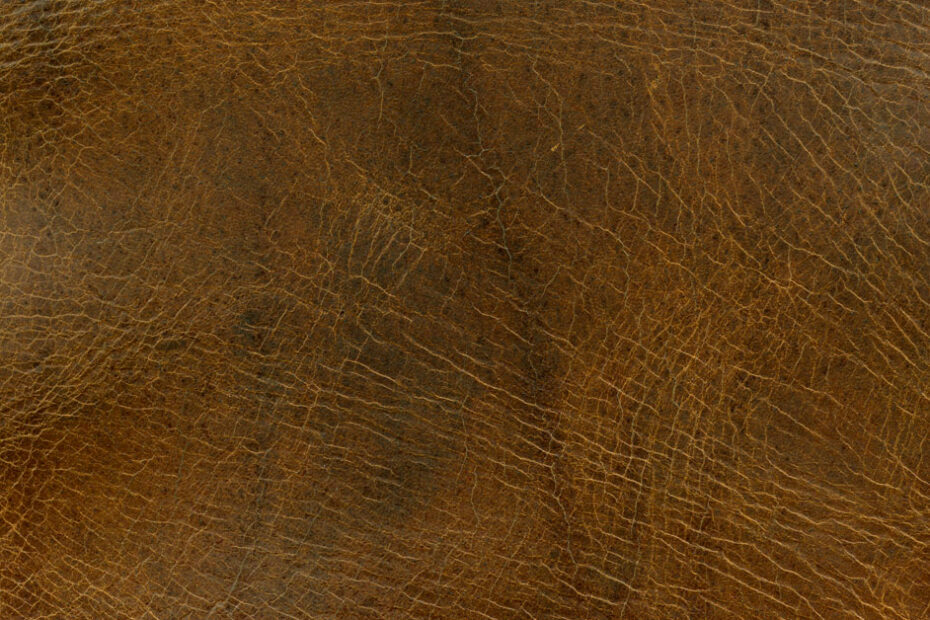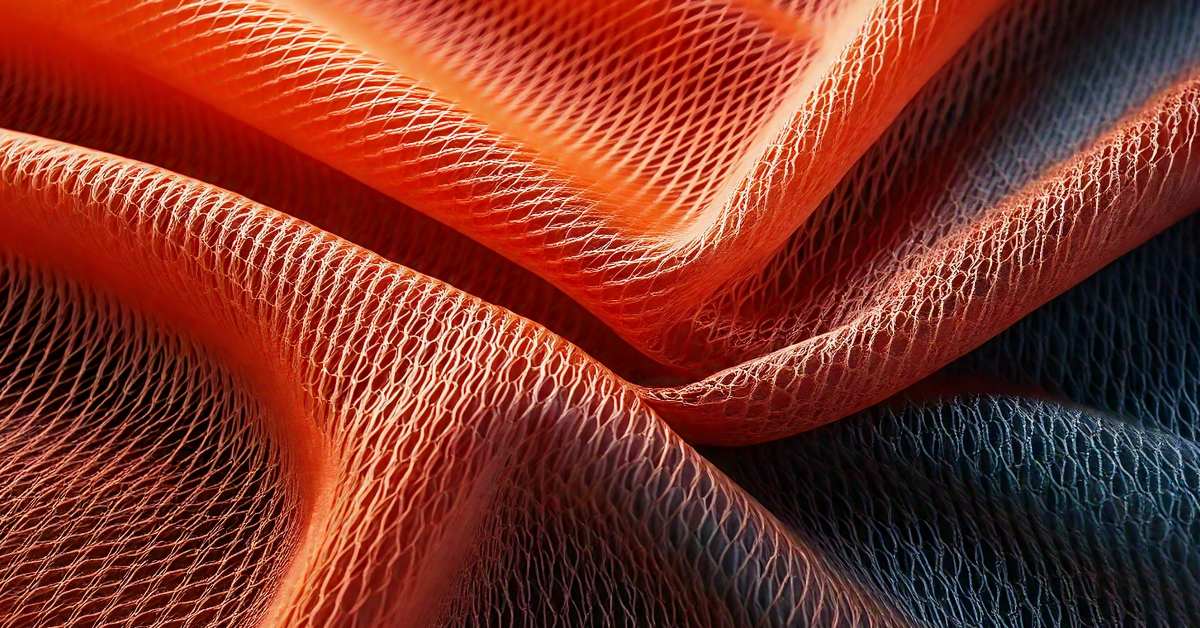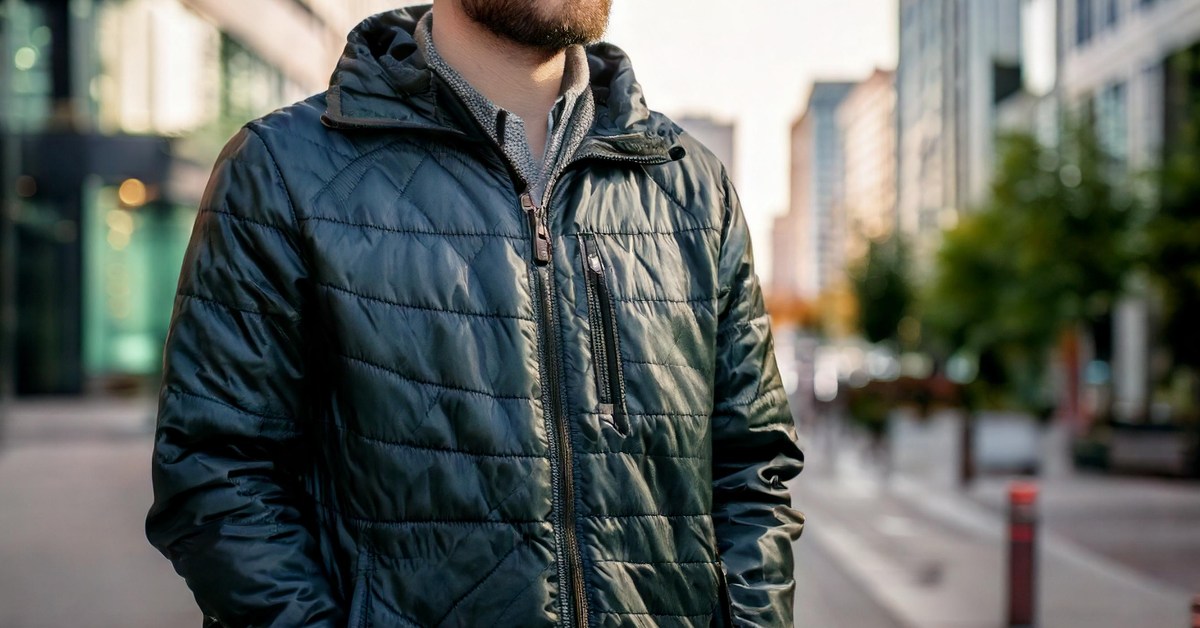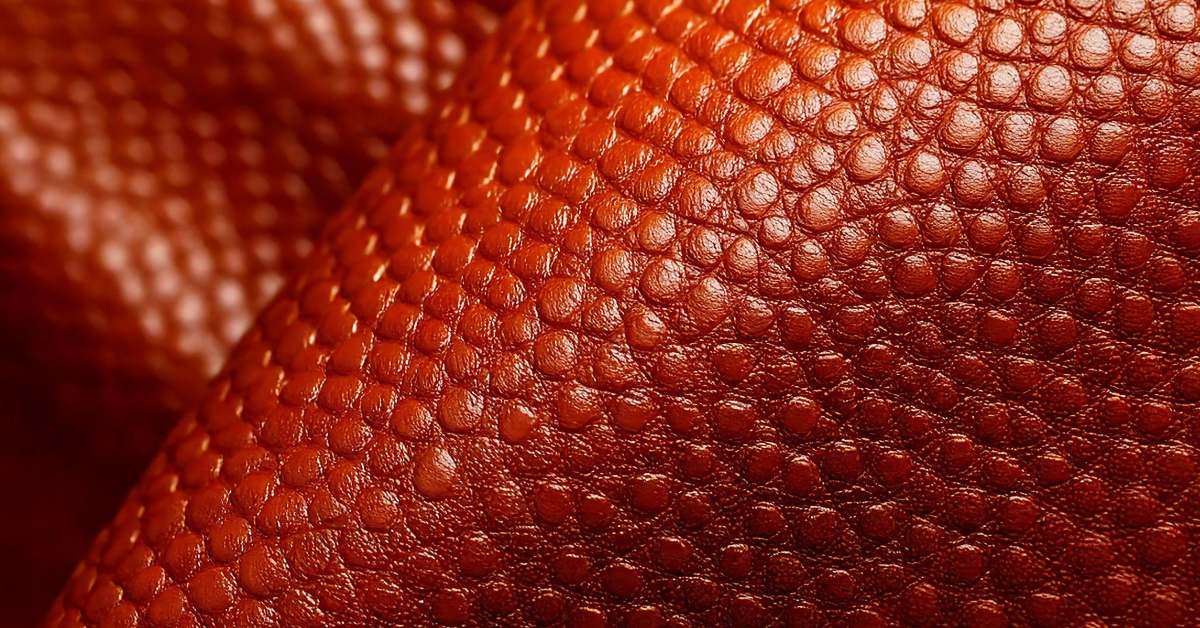The types of leather are countless with every leather having distinct features and traits. Amongst other leather types, distressed leather is the one that is extremely unique, hence, it is used frequently and most prominently in leather jackets. Here’s everything you need to know about distressed leather — from it’s actual definition to its price and process of distressing leather.
What To Expect In This Article?
What is Distressed Leather?
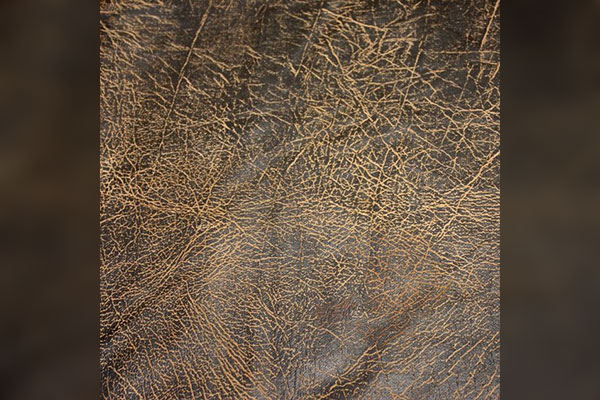
The feature that helps distressed leather stand out and is of paramount importance is that of its character; by its look and appearance you can perceive that it is made of hard work and resilience. The rings of dust pronounce its appeal and reflect the long arduous process it goes through.
Wondering how to define distressed leather? Well, it is the leather that is often made from full grain and further tanned by oil and wax. Since it is made from full-grain, it is confirmed that it is made from the best grade of leather and the tanning process it goes through enunciates its personality. The tanning makes the leather soft and supple. The finishing process of distressed leather is also important as it defines its look and gives it an aged, vintage appearance.
Distressed leather is known for its look because the natural traits of the animal hides, like the healed scars, wrinkles, and scratches, are highlighted.
What Makes Distressed Leather Unique?
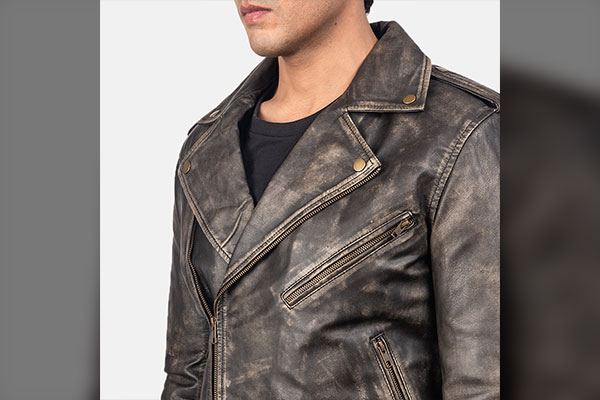
Distressed leather is different from other leather types. The most prominent difference between distressed leather and others is that it looks weathered and aged; as opposed to pristine and glossy.
The stark contrast between distressed and other types of animal leather helps it achieve boldness, something quite lacking in the rest. The scars, scratches, and wrinkles help bring leather to life and give it personality. Not to misunderstand, the weathered condition in no way means old or vintage leather. It simply signifies its durability.
From distressed leather furniture to distressed leather handbags, distressed leather purses and even distressed leather jackets, leather backpacks, and leather shoes, there’s a community in the fashion industry that is completely dedicated to endorsing the distressed leather market.
How Do You Distress Leather?
Full-grain leather is required to distress leather; it is not only less processed but also has high durability. This makes distressed leather comparatively a more sustainable option. Now the question arises: How do we distress leather? First of all, we damage it on purpose which includes wearing and scrapping to add an unrefined and wrinkled look that further builds its character.
To distress the leather, according to many sources, you can soak the leather in water and then cut and burn it as well. This process is applied only when one wants to retouch the color or simply add new life to the material. By the end of this complicated process, the acquired leather is more durable.
Is Distressed Leather Expensive?
Distressed leather is made from full grain real leather which of course explains why it is expensive. You may or may not be interested in branded bags, but you might be pressed by the people around you to carry a top-notch branded bag that comes with a “distressed leather” tag.
Distressed Vs Vintage Leather
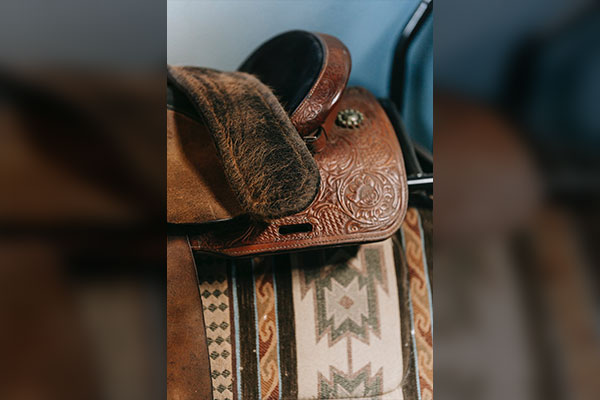
Vintage leather can be identified as the full-grain leather with burnished patina as its paramount feature. This is one of the most authentic leather which is why it’s impossible to imitate its exact appearance. Vintage leather, on an average, is 20 to 100 years old.
When full grain leather is processed into crazy horse leather, it ends up becoming more durable and tough while retaining its soft, supple patina look. This leather is ultimately considered vintage or vintage-inspired leather and is perfect for the production of vintage bags as it also ages gracefully.
What actually happens is, that the scratches and wrinkles on the crazt horse leather give colored dimension to the leather that adds to its striking appearance. If the leather is genuinely full grain, it develops into a soft burnished patina.
Vintage Vs Antique Leather
Any leather that is two to ten decades old is considered vintage leather whereas any leather that is over a hundred years old is deemed as antique leather. The literal meaning of vintage is “of age” but it has several interpretations. Thus, keepers of antiqued leather always claim that any leather that is 40 to 50 years old is vintage leather, not antique.
FAQs
Distressed leather is the aged leather that is utilized in most leather bags; it is top grain leather that is of the highest quality and also one of the strongest of its kind. This leather is durable and resistant to abrasions and stains. However, the only problem with distressed leather is that it isn’t that flexible. There are quite a few distressed leather materials that you will find being used to make bags, especially the vintage ones.
Distressed leather is quite a rage these days ever since people have started embracing imperfections. Leather, on its own, is quite majestic and made from natural materials. Therefore nothing ages like it does. Most fashion enthusiasts today believe that distressed leather adds to your charm and overall personality while also meeting styling standards.
Distressed full-grain leather is basically the best quality leather that has been exquisitely crafted and processed to achieve the vintage look. It has been processed with special chemical agents, tanned, dyed and finished. Thus, you find the final leather to be less glossy and more mature than other types of leather.
Distressed leather is definitely real leather and it is also a technique that has been used to change the texture of the material itself. It is mostly used to produce furniture, shoes, bags and jackets for men.
In Conclusion
Thus, it can be established that distressed leather is made from real, full grain leather and is deemed as one of the best. It has features that help it stand out from the other types of leather and a personality that is unique and dominant. The aged leather simply represents its durability and strength.

